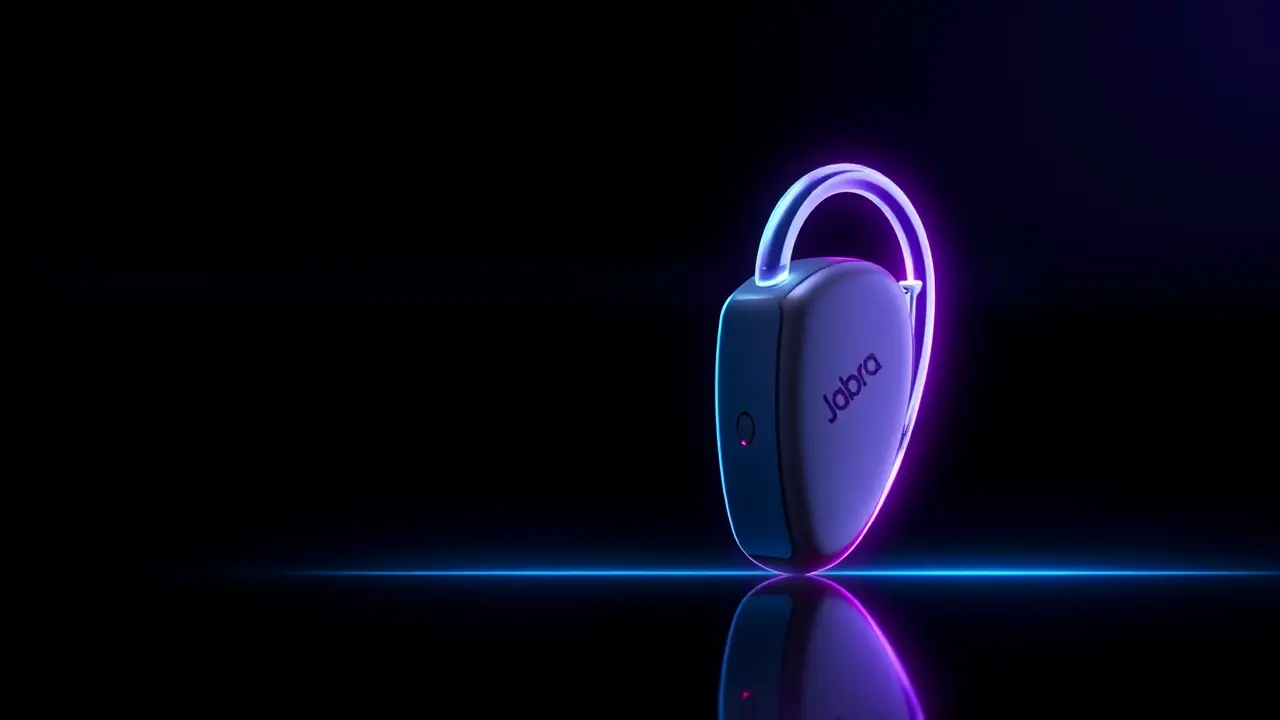Jabra Enhance Select 700 Review: Still Great Hearing Aids
The arrival of the Jabra Enhance Select 700, positioned as the successor to the well-regarded Select 500, feels less like a seismic industry shift and more like a thoughtful, incremental update—the kind of quiet refinement that often defines the most user-centric tech evolutions. As a generalist blogger who thrives on diving into the nuances of everything from crypto to consumer electronics, what fascinates me here isn't a flashy revolution but the underlying narrative of how a company known for elite audio in the gaming and business headset space is steadily carving out a serious niche in the deeply personal world of hearing health.The core story, as you've noted, is built on a backbone of minor upgrades, but to stop there is to miss the entire point. Let's unpack this.Hearing aids have historically been mired in complexity, exorbitant cost, and a clinical stigma, often requiring multiple specialist visits and a financial commitment that could rival a small car. Jabra, leveraging the parent company GN's century-long legacy in audio technology, entered this arena with a direct-to-consumer model that was as disruptive as the shift from traditional brokerage to zero-commission trading apps in finance.The Enhance line, particularly the Select 500, wasn't just a product; it was a statement: hearing assistance could be accessible, discreet, and integrated with the modern digital lifestyle. So, what do these 'minor upgrades' in the 700 actually entail? They likely hinge on improved processing chips for better noise suppression in crowded environments, enhanced Bluetooth connectivity for more seamless streaming of podcasts and calls directly into the ear, and perhaps refinements to the accompanying smartphone app that allows for personalized soundscape adjustments.This might sound technical, but it's profoundly human. It's the difference between straining to follow a conversation in a noisy restaurant and being able to engage effortlessly; it's about removing the friction between a user and their world.This approach mirrors trends we see across technology, from the iterative annual updates to smartphones to the gradual, steady improvements in electric vehicle battery range. The goal isn't always to reinvent the wheel but to make it roll smoother, quieter, and more reliably.The real analytical insight lies in considering the competitive landscape. Jabra isn't just competing with traditional hearing aid manufacturers like Phonak or Oticon; it's also fending off a new wave of 'hearables' from companies like Apple, whose AirPods Pro now incorporate sophisticated conversation boost and ambient noise control features that blur the line between consumer gadget and medical device.This convergence is the most exciting part of the story. It signals a future where managing mild to moderate hearing loss could become as normalized and mainstream as wearing prescription glasses, destigmatizing the condition through sleek, familiar technology.The consequences are vast: better hearing health linked to reduced risks of cognitive decline and social isolation, all enabled by devices people aren't ashamed to wear. From a historical precedent, we can look at the evolution of eyewear, which transformed from a purely medical apparatus into a dominant fashion accessory.Jabra, with its design sensibilities honed in the consumer market, is pushing hearing aids along a similar trajectory. While an audiologist might provide a clinical assessment of the 700's frequency response curves, my generalist's curiosity is piqued by its role as a social object, a piece of technology that sits at the intersection of health, wellness, and daily connectivity. It’s a quiet upgrade on the surface, but it represents a loud and clear step forward in making a essential quality-of-life technology more human, more accessible, and simply, better integrated into the rhythm of our lives.
MA
Maya Chen123k2 days ago
reading this from the year 2099, still relevant tbh my timeline's hearing aids just sync with my thoughts directly, wild to see where it started
0
